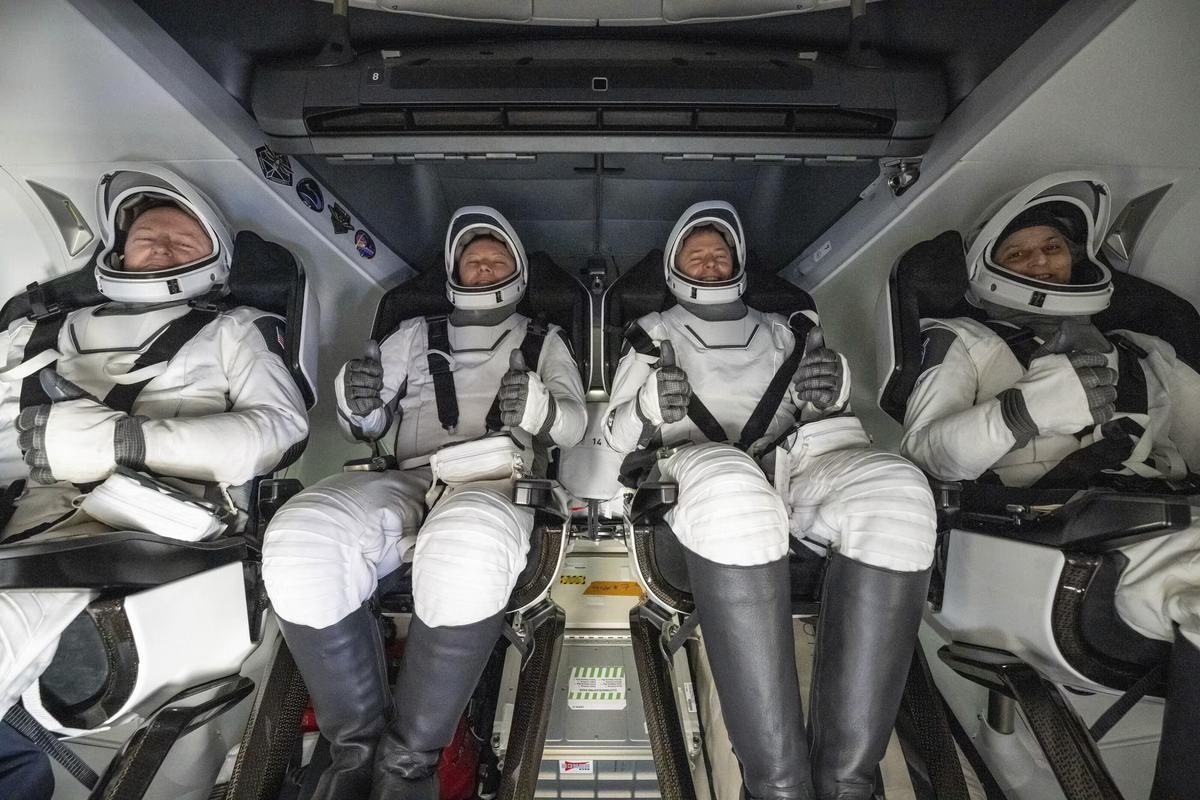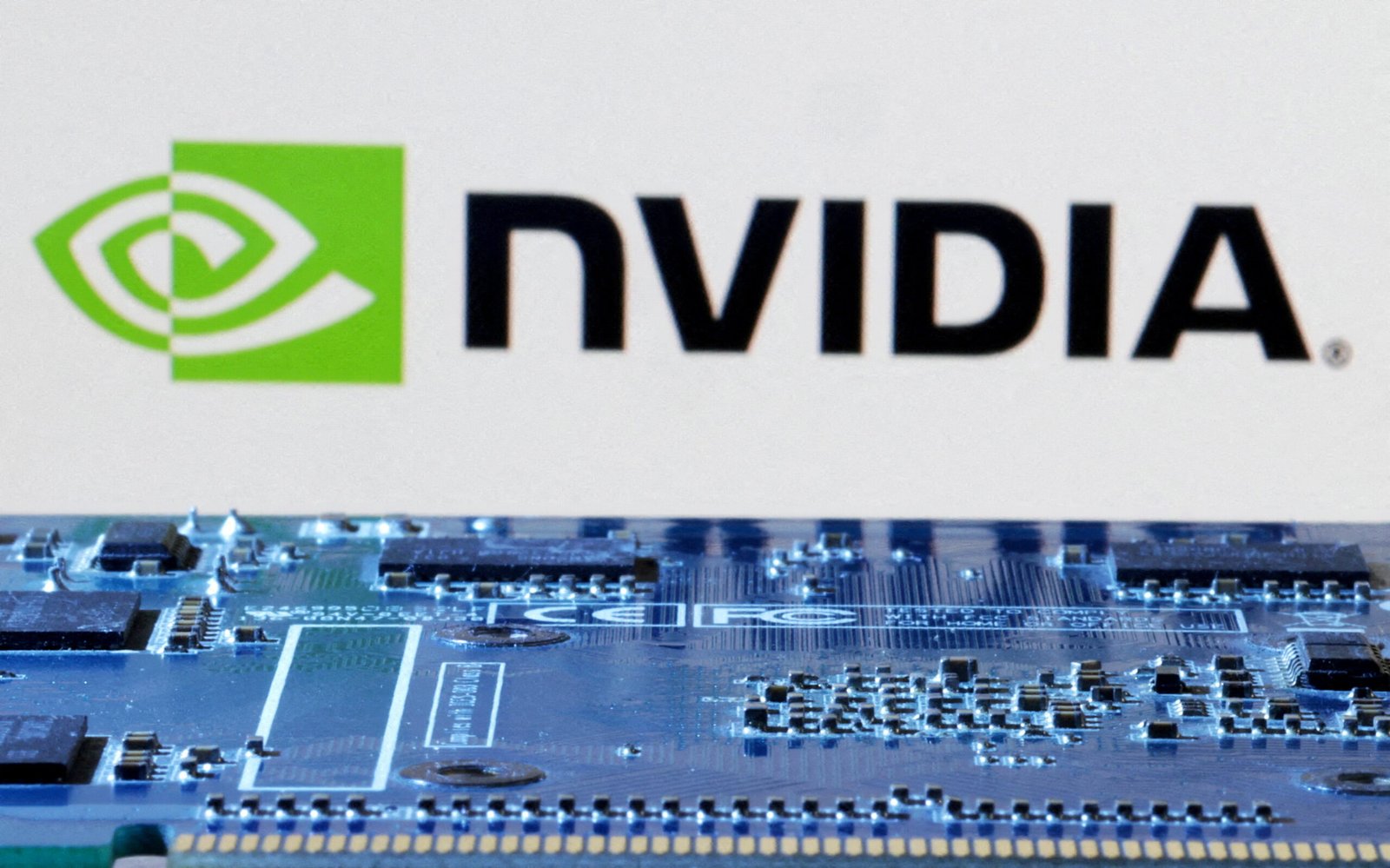NASA astronauts Butch Wilmore and Suni Williams safely returned to Earth in a SpaceX Dragon capsule on Tuesday, after an unexpectedly long 286-day mission due to technical failures in Boeing’s Starliner spacecraft.
Mission Timeline & Challenges
- Launch: The astronauts initially launched aboard Boeing’s Starliner in June 2024 for an expected eight-day test mission to the International Space Station (ISS).
- Delays: Starliner’s propulsion system failures led to multiple delays, forcing NASA to integrate them into the ISS crew rotation schedule.
- Return Decision: NASA ultimately decided to bring them back aboard SpaceX’s Crew Dragon due to safety concerns surrounding Starliner.
Crew Dragon Splashdown
- Undocking: The Crew-9 team undocked from the ISS at 1:05 a.m. ET (0505 GMT).
- Descent: The capsule re-entered Earth’s atmosphere at 17,000 mph (27,359 kph) before slowing down to 17 mph (27 kph) using parachutes.
- Splashdown: They landed 50 miles off Florida’s Gulf Coast at 5:57 p.m. ET, under clear skies.
“What a ride,” mission commander Nick Hague said. “I see a capsule full of grins, ear to ear.”
Political Controversy & SpaceX’s Role
- Former U.S. President Donald Trump had called for their earlier return, claiming without evidence that the Biden administration delayed their retrieval.
- NASA expedited Crew-9’s replacement mission to bring them back sooner, although Wilmore denied any political interference in the decision.
- SpaceX CEO Elon Musk also advocated for an earlier return, offering to send a dedicated Dragon rescue mission, which NASA declined due to budget constraints.
- With Boeing’s Starliner facing setbacks, SpaceX’s Crew Dragon remains the only operational U.S. spacecraft capable of flying humans in orbit.
Starliner’s Uncertain Future
- The mission failure puts Boeing’s Starliner program in jeopardy.
- NASA’s Commercial Crew Program Chief, Steve Stich, suggested that Starliner may need another uncrewed test flight before being certified for regular astronaut missions.
Life Aboard the ISS
- Duration: 286 days in space, longer than the usual six-month ISS mission, though short of the U.S. record (371 days) held by Frank Rubio.
- Experiments: Wilmore and Williams worked on 150 science projects, including studies on microgravity effects on human biology.
- Suni Williams’ Legacy: Williams, now on her third spaceflight, has accumulated 608 days in space, making her the second most-experienced U.S. astronaut after Peggy Whitson (675 days).
What’s Next?
- Medical Check-ups: The astronauts will undergo health evaluations at NASA’s Johnson Space Center before returning home.
- Future Missions: NASA remains committed to Artemis and ISS operations, but Starliner’s reliability remains in question.
Would you like insights into Boeing’s next steps for Starliner or NASA’s upcoming astronaut missions? 🚀



